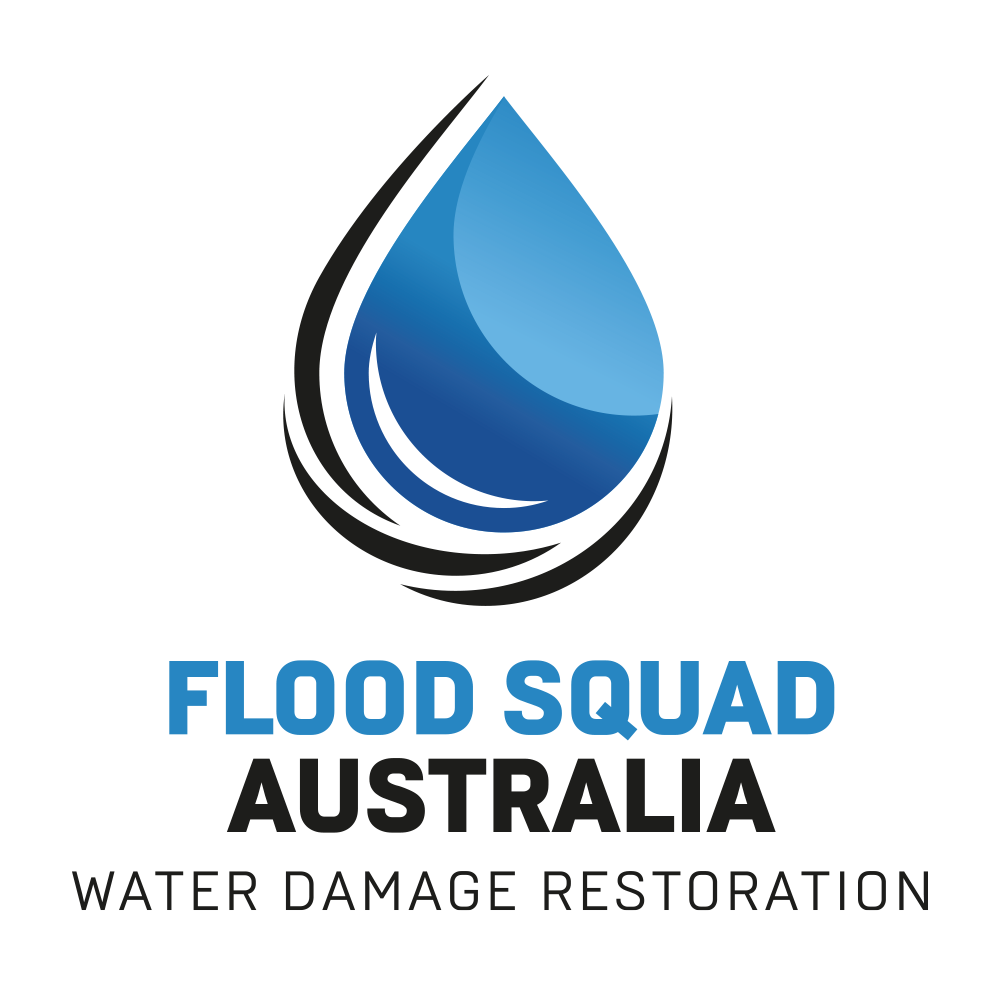Floods can wreak havoc on properties, leaving a trail of destruction in their wake. The immediate aftermath is often overwhelming, with waterlogged belongings and structural damage.
But the impact of flooding extends beyond the visible chaos. Long-term effects can be equally, if not more, devastating. These include structural issues, mold growth, and health risks.
Understanding these effects is crucial. It underscores the importance of prompt and professional flood damage restoration.
This article delves into the long-term effects of flood damage. It also highlights the importance of restoration, particularly in flood-prone areas like Sydney. Whether you’re a homeowner, property manager, or business owner, this guide is for you. It provides comprehensive information on flood damage implications and restoration.
Immediate Consequences of Flood Damage
When a flood hits, the immediate effects are visible and distressing. Water can quickly inundate properties, causing extensive damage. Furniture, appliances, and personal belongings can be ruined. This can lead to significant financial loss.
Structural damage is another immediate consequence. Floodwaters can weaken building materials, compromising the safety of the structure. Additionally, floodwaters often carry contaminants. These can pose serious health risks to occupants.
Lastly, the psychological impact of a flood should not be underestimated. The stress and trauma can have lasting effects on residents.
Long-Term Effects of Untreated Flood Damage
If flood damage is not promptly addressed, the long-term effects can be severe. One of the most common issues is mold growth. Mold thrives in damp conditions and can start growing within 24 to 48 hours of a flood. It can cause health problems, including allergies and respiratory issues.
Structural damage can also worsen over time. Water can continue to weaken building materials, leading to serious safety concerns. Flood damage can also lead to electrical issues. Water can corrode wiring and electrical systems, posing a fire risk.
Untreated flood damage can also significantly decrease a property’s value. Potential buyers may be deterred by the risk of future problems. Moreover, the psychological impact of living in a flood-damaged property can be significant. Stress and anxiety can be exacerbated by ongoing issues.
Finally, untreated flood damage can lead to higher restoration costs in the long run. The longer the damage is left, the more extensive the repairs will be.
The Importance of Timely Flood Damage Restoration
Addressing flood damage promptly is crucial. The sooner the restoration process begins, the less damage will occur. Immediate action can prevent the growth of mold and mildew. This not only protects the property but also the health of its occupants.
Timely restoration can also minimize structural damage. It can prevent further weakening of building materials and potential safety hazards. A quick response can also reduce the overall cost of restoration. It can prevent small issues from escalating into major problems.
Lastly, timely restoration can help restore normalcy. It can reduce the psychological stress associated with living in a flood-damaged property.
The Flood Damage Restoration Process
The flood damage restoration process is comprehensive. It involves several steps to ensure the property is safe and habitable again.
The first step is assessment. Professionals evaluate the extent of the damage and develop a restoration plan.
Next is water extraction. This involves removing standing water using specialized equipment.
Then comes drying and dehumidification. This step is crucial to prevent mold growth and further damage.
Cleaning and sanitizing follow. This ensures the property is free from contaminants that may pose health risks.
The next step is repair and restoration. This could involve minor repairs or major reconstruction, depending on the damage.
The final step is a thorough inspection. This ensures all issues have been addressed and the property is safe for occupancy.
Here’s a quick rundown of the process:
- Assessment
- Water extraction
- Drying and dehumidification
- Cleaning and sanitizing
- Repair and restoration
- Final inspection
Each step is crucial in ensuring a successful restoration. It’s important to work with professionals who can effectively carry out each stage.
Professional Flood Damage Restoration Services in Sydney
In Sydney, flood damage restoration services are essential. They provide the expertise needed to handle complex restoration tasks. These professionals are trained to deal with various flood scenarios. They understand the unique challenges that come with flood damage.
They use advanced equipment and techniques. This ensures effective and efficient restoration. Choosing a reputable service in Sydney is crucial. It guarantees quality work and minimizes the risk of future issues.
In conclusion, professional restoration services play a vital role. They help Sydney residents recover from flood damage and restore their properties to pre-flood conditions.
Health Risks and Safety Concerns Post-Flooding
Floods can pose serious health risks. These risks can linger long after the water recedes. One major concern is exposure to contaminants. Floodwater often carries harmful bacteria and chemicals.
Mold and mildew growth is another issue. These can cause respiratory problems and other health issues. Electrical hazards are also a concern. Floodwater can damage electrical systems, posing a risk of electrocution.
In conclusion, addressing these health risks and safety concerns is crucial. It’s part of the comprehensive approach needed in flood damage restoration.
Preventing Future Flood Damage
Preventing future flood damage is crucial. It can save property owners significant time and money. One effective measure is regular maintenance and inspections. This can help identify potential issues early.
Another strategy is to incorporate flood-resistant materials and designs. This can be particularly beneficial during repairs or new constructions. Understanding local floodplain management regulations is also important. It can guide property owners in making informed decisions.
Here are some additional tips for preventing future flood damage:
- Install flood barriers and protective measures.
- Keep gutters and drains clear to prevent water buildup.
- Elevate critical utilities above potential flood levels.
- Consider landscaping and outdoor space design to mitigate flood damage.
- Regularly update and adhere to the latest building codes and standards for flood-prone areas.
Choosing the Right Flood Damage Repair Service in Sydney
Choosing the right flood damage repair service in Sydney is a critical step. It can significantly impact the restoration outcome.
Look for a company with a strong reputation. Check reviews and testimonials from previous clients showing the work they can do for flood damage Sydney, flood damage repair Sydney and flood damage restoration. Choosing a local provider is always the best for a quick response.
Ensure the company uses advanced technology and equipment. This can help ensure a thorough and effective restoration process. The company should also offer comprehensive services. This includes water extraction, drying, dehumidification, and mold remediation.
Lastly, clear communication and transparency are key. The company should provide regular updates and be open about costs and timelines.
Conclusion: The Value of Restoration and Preparedness
In conclusion, flood damage can have severe long-term effects. Timely and professional restoration is crucial to mitigate these impacts. Preparedness is equally important. Regular maintenance, inspections, and flood-resistant measures can help prevent future damage. Remember, the value of restoration and preparedness is immeasurable when it comes to preserving your property and peace of mind.


